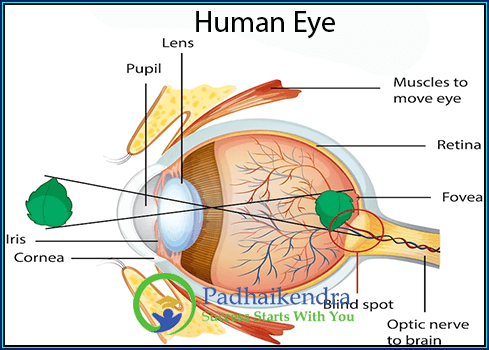In the world of physics, waves play a crucial role in describing how energy travels through space. One type of wave that we encounter in our everyday lives is the longitudinal wave. From sound waves to seismic waves, understanding the nature of longitudinal waves is essential.
What are Longitudinal Waves?
Longitudinal waves are a type of mechanical wave that propagates energy by compressions and rarefactions in the same direction as the wave travels. Unlike transverse waves, where the particles move perpendicular to the direction of the wave, longitudinal waves move parallel to the wave’s motion.
How Longitudinal Waves Behave
To grasp the behavior of a longitudinal wave, let’s consider an analogy. Imagine a slinky toy stretched out in front of you. If you push one end of the slinky back and forth, you create a longitudinal wave. As you push, the coils of the slinky get closer together, creating compression. Conversely, when you pull, the coils spread apart, forming a rarefaction. This pattern of compressions and rarefactions continues as the wave travels through the slinky.
Properties of Longitudinal Waves
Compression and Rarefaction
A longitudinal wave consists of regions of compression and rarefaction. These regions alternate as the wave progresses.
Compressions are regions of the medium where the particles are densely packed together, and they are pushed closer to each other by the wave. In other words, the compression is the region where the pressure of the medium is maximum.
Rarefactions are regions where the particles are spread out and are farther apart than normal. They are created when the wave causes the particles in the medium to move away from each other. In other words, the rarefaction is the region where the pressure of the medium is minimum.
Wavelength
The wavelength of a longitudinal wave is the distance between two consecutive compressions or rarefactions. It is usually represented by the symbol λ (lambda).
Amplitude
The amplitude of a longitudinal wave refers to the maximum displacement of particles from their equilibrium position. In simpler terms, it measures the height of the compressions or the depth of the rarefactions.
Speed of Sound
 Sound waves are a well-known example of longitudinal waves. The speed at which sound waves travel depends on the medium through which they propagate. For example, sound travels faster in solids than in liquids or gases.
Sound waves are a well-known example of longitudinal waves. The speed at which sound waves travel depends on the medium through which they propagate. For example, sound travels faster in solids than in liquids or gases.
Examples of Longitudinal Waves
Sound Waves: When you speak or play a musical instrument, you produce sound waves that travel through the air as longitudinal waves. These waves consist of compressions and rarefactions that our ears detect as sound.
 Seismic Waves: During an earthquake, longitudinal waves known as primary or P-waves are generated. These waves can travel through the Earth, causing the ground to compress and expand as they pass.
Seismic Waves: During an earthquake, longitudinal waves known as primary or P-waves are generated. These waves can travel through the Earth, causing the ground to compress and expand as they pass.
 Ultrasound Waves: Medical professionals use ultrasound waves to create images of the inside of our bodies. These waves are longitudinal in nature and help in diagnosing various conditions without invasive procedures.
Ultrasound Waves: Medical professionals use ultrasound waves to create images of the inside of our bodies. These waves are longitudinal in nature and help in diagnosing various conditions without invasive procedures.
Pressure Waves: Pressure waves are created by changes in pressure and travel through fluids, such as air or water. They are used in many applications, including ultrasonic cleaning and welding.
Compression Waves: Compression waves are created by compressing and expanding the medium in which they travel. They are used in many industrial applications, including material testing and non-destructive evaluation.
As the longitudinal wave travels through the medium, it creates a series of compressions and rarefactions that move through the medium. The distance between two consecutive compressions or rarefactions is called the wavelength of the wave. The frequency of the wave, or the number of compressions and rarefactions that pass a given point in the medium per unit of time, determines the pitch or frequency of the sound wave.
Longitudinal waves are a fundamental concept in physics, with practical applications in various fields. From the sound we hear to the seismic activity beneath our feet, these waves play a vital role in transmitting energy. By understanding the behavior and properties of longitudinal waves, we can appreciate the nature of energy propagation and its impact on our everyday experiences.





